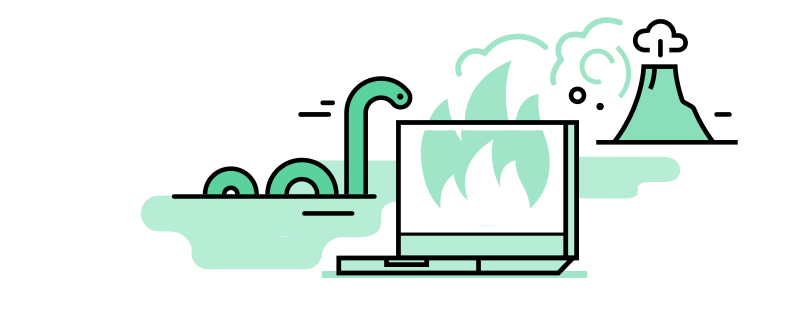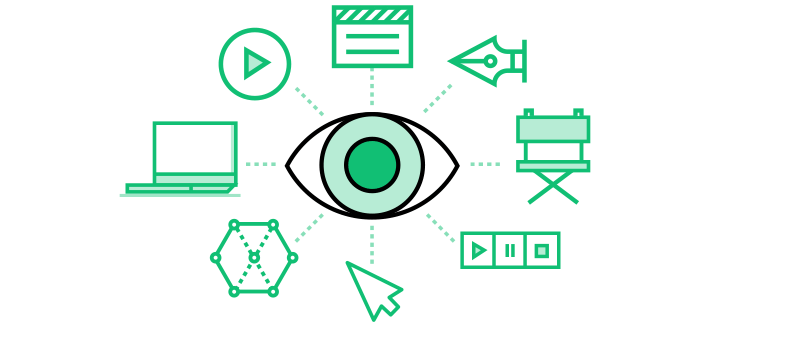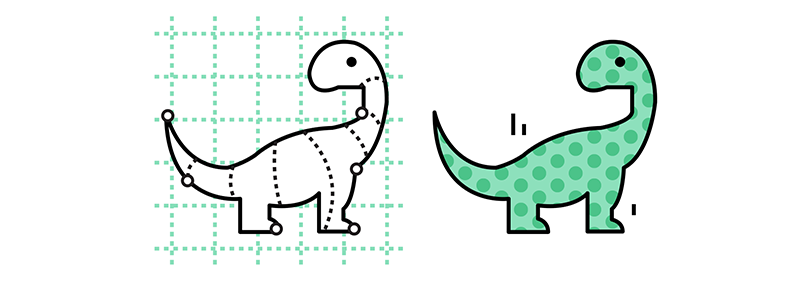FX Department

About the Department
The FX Department is responsible for recreating natural phenomena such as water and fire and other more abstract effects such as character transformations or magical elements. These type of FX are too time consuming and difficult to animate by hand so are simulated by FX artists using CG software.
While this is a very creative department it is also one of the more technical VFX departments so artistic and creative solving problems are required. To work in the FX department, you should have a broad knowledge of CG production, and be comfortable with both the artistic and technical aspects of CG. This work can be computationally heavy, so an understanding of reusability, scalability, coding and pipeline efficiency is important. You will be a creative problem solver who can overcome technical issues to deliver on artistic intent. You will often have an interest in areas such as art, coding, mathematics and physics.
The nature of FX work is very diverse and will cater to a production’s individual needs.
On large productions, the FX Department can include multiple sub departments for elements such as, Destruction, Character/Creature FX (Cloth, Fur/Hair, Muscle), Crowds, Natural Phenomena (Water, Fire etc.), Miscellaneous (abstract, magical etc.)
Each sub department of FX (creature, destruction, crowds etc.) can have its own lead responsible for those elements. Within the crew for those departments you will have Technical artists, referred to as Technical directors or TDs for short and FX artists who will work on individual shots.











